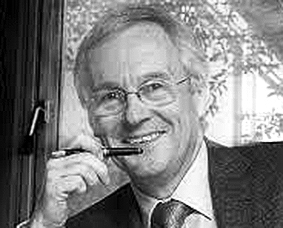The Transnational Access Selection and Evaluation Panel (TA-SEP) is in charge of reviewing the TA applications and selecting the projects to be funded and the hosting facilities. The TA-SEP is composed of:
• Gerard J. O’Reilly (TA-SEP Coordinator)
• Luca Caracoglia
• Amal Elawady
• Michael N. Fardis
• Alessandra Marini
• Alain Pecker
Gerard J. O’Reilly (TA-SEP Coordinator)
Gerard J. O’Reilly (1989) is an Assistant Professor at IUSS Pavia since 2019, completing his Bachelor and Master degrees in Civil Engineering in Ireland in 2010 and 2013, with a period as a visiting researcher at the University of California, Berkeley in 2012. He obtained his PhD in Earthquake Engineering and Engineering Seismology from IUSS Pavia in 2016 and continued as a post-doctoral researcher until 2019.
His primary research interests include the seismic design and assessment of structures to incorporate innovative aspects of performance-based earthquake engineering; the seismic vulnerability of existing structures and ways that different retrofitting measures (both structural and non-structural) may improve their seismic performance. These include the incorporation of economic losses and collapse risk directly in the design process as a general effort towards the next-generation of design codes, as well as the Sismabonus classification guidelines in Italy. Much of this research also relates to different projects in collaboration with the EUCENTRE Foundation and the ReLUIS consortium on the assessment of existing school buildings and ways in which limited resources allocation may be prioritised. He has also been involved in various European projects, such as BRACED (FP7), DiSTEEL (RFCS) and SC-CBF (H2020) relating to the shake table testing and design of steel frame structures. He has also collaborated on the development of simplified tools for the regional assessment of building and bridge infrastructure exposed to seismic hazard as part of the INFRA-NAT and ITERATE projects funded by the EU European Civil Protection and Humanitarian Operations. He coordinates the ROSSINI project whose main development is a risk-aware navigation system for industrial plant workers, developing seismic risk assessment solutions for industrial components and buildings. He coordinates the Engineering Research Infrastructures for European Synergies (ERIES) project and its transnational access activities, financed by the European Commission’s Horizon Europe research programme.
He has supervised numerous students at both MSc and PhD levels. He has taught modules on Fundamentals of Seismic Design as part of the MSc degree jointly offered by the University of Pavia and IUSS Pavia, Tecnica delle Costruzioni as part of the University of Pavia’s Ingegneria Edile-Architettura MSc degree, and Peformance-Based Earthquake Engineering as part of IUSS Pavia’s PhD programme in Understanding and Managing Extremes
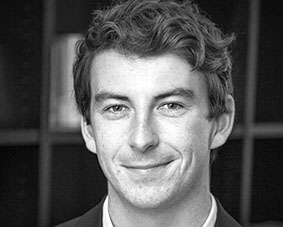
Luca Caracoglia
Luca Caracoglia is a Full Professor in the Department of Civil and Environmental Engineering of Northeastern University, Boston, Massachusetts, USA. He joined Northeastern University in 2005. Prior to this appointment, he was a post-doctoral fellow in the Department of Civil Engineering at Johns Hopkins University, Baltimore, Maryland (USA) in 2001-2002 and a post-doctoral research associate in the Department of Civil and Environmental Engineering at the University of Illinois (Urbana-Champaign, USA) in 2002-2004. He received his Ph.D. in Structural Engineering from the University of Trieste, Italy in 2001.
Luca Caracoglia’s research and professional interests are in structural dynamics, random vibration, wind engineering, fluid-structure interaction of civil engineering structures, nonlinear cable network dynamics, wind energy and wind-based energy harvesting systems. He directs the Wind Engineering Research Group (https://web.northeastern.edu/wind/). He has been author/co-author of 90+ peer-reviewed journal publications and book chapters (published or in press) and more than 110 conference proceedings / presentations in these fields. He has taught courses at the undergraduate and graduate levels in: Statics/Solid Mechanics, Structural Analysis, Steel Structure Design, Pre-stressed Concrete, Bridge Design, Wind Engineering and Wind Energy Systems.
Luca Caracoglia received the NSF-CAREER Award for young investigators in 2009. He co-chaired the 3rd Workshop of the American Association for Wind Engineering in 2012, and co-chaired the 8th International Colloquium on Bluff Body Aerodynamics & Applications (BBAA VIII), held at NU in 2016. Luca Caracoglia is currently a member of the Board of Directors of the AAWE – American Association for Wind Engineering, and a member of the Executive Board of the ANIV – Italian National Association for Wind Engineering. He served as a member of the International Executive Board of the IAWE – International Association for Wind Engineering in 2012 – 2017. Luca Caracoglia serves on four USA national, technical committees of the American Society of Civil Engineers (ASCE). For his career accomplishments, Luca Caracoglia was granted the title of “Fellow ASCE” (held by 3% of the ASCE members) in September 2020. Furthermore, Luca Caracoglia currently serves as an Associate Editor for the ASCE Journal of Bridge Engineering and the Journal of Fluids and Structures (Elsevier). He is also a member of the editorial board for the journals Engineering Structures (Elsevier), Structural Control and Health Monitoring (Wiley), Structural Safety (Elsevier) and Wind and Structures (Techno-Press).
Finally, Luca Caracoglia was also granted two concurrent Full Professor Habilitations (accreditations) by the Italian Ministry of Public Instruction, University and Research (MIUR) in 2019. The first one is for the Scientific Discipline ICAR 08/B3, Civil Engineering/Structural Design (“Tecnica delle Costruzioni”). The second one is for the Scientific Discipline ICAR 08/B2, Civil Engineering/Structural Mechanics (“Scienza delle Costruzioni”).
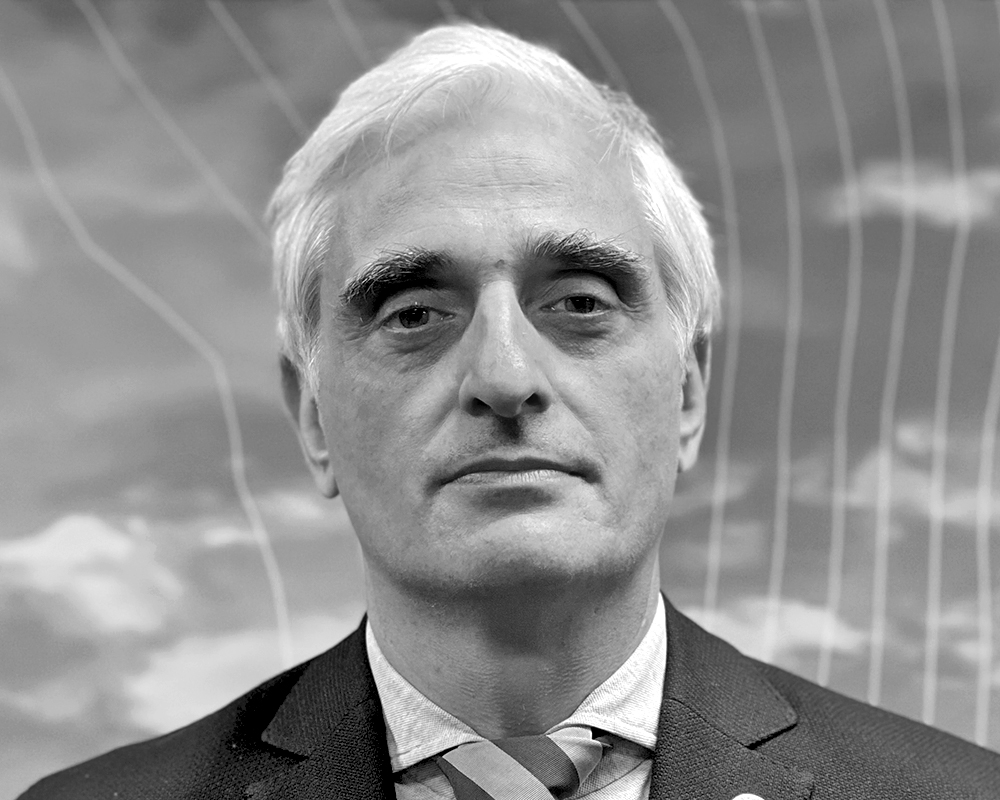
Amal Elawady
Dr. Amal Elawady is an Assistant Professor at Florida International University (FIU) Department of Civil and Environmental Engineering and is a Fellow of FIU’s Extreme Event Institute. She is also a co-PI of the NHERI Wall of Wind Experimental Facility (WOW EF) at FIU. Dr. Elawady received her PhD from The University of Western Ontario in Canada and B.Sc. and M.Sc. degrees from Ain Shams University in Cairo, Egypt. Dr. Elawady is conducting groundbreaking research at the NHERI WOW EF. She has been studying wind effects on built environment for the past 10 years. Her studies involve large-scale wind tunnel testing, wind effects analysis to examine structural response, and design of structures against extreme wind events including hurricanes and non-synoptic downburst winds. Dr. Elawady is the recipient of the 2022-Faculty Early Career Development Program (CAREER) Award from the National Science Foundation.
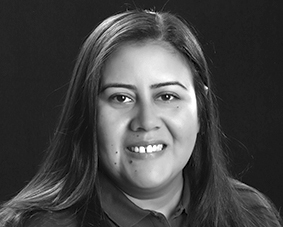
Michael N. Fardis
Professor Emeritus, Civil Engineering Department, University of Patras, Greece. He is Honorary President of the International Federation for Structural Concrete (fib), having served as fib President (2009-10), Deputy President (2007-08) and Presidium Member (2002-12). He is Honorary Member of the International Association of Earthquake Engineering (IAEE), having served as IAEE Director (2012-21). He holds MSc in Civil Engineering (1977) and Nuclear Engineering (1978) and a PhD in Structural Engineering (1979), all from the Massachusetts Institute of Technology, where he taught to the rank of Associate Professor of Civil Engineering till 1983. He is a Corresponding Member of the Mexican Academy of Engineering.
Since 2013 he is active in the development of the second generation of Eurocodes as European Standards as Vice Chairman of CEN/TC250: “Structural Eurocodes”. He has led the development of the first generation of Eurocode 8: “Design of Structures for Earthquake Resistance” as chairman of CEN/TC250/SC8 (1999-2005). He is Editor of “Earthquake Engineering & Structural Dynamics” since January 2016. Before that, he was Associate Editor of “Bulletin of Earthquake Engineering” and Editorial Board Member of those two journals, as well as of “Earthquake Spectra”, “Journal of Earthquake Engineering” and “Earthquakes and Structures”. He is also Editorial Board Member of “Structural Concrete”.
He is author of “Seismic Design, Assessment and Retrofitting of Concrete Buildings” (Springer, 2009), lead author of “Seismic Design of Concrete Buildings per Eurocode 8″ (Taylor & Francis, CRC Press, 2015) and “Designers’ Guide to EN1998-1 and EN1998-5: Eurocode 8-Seismic actions, buildings, foundations & retaining structures” (ICE Publishing 2005, 2011, published in Italian by EPC Editore, 2011, in Greek by Kleidarithmos, 2011 and Russian by MΓCY, 2013), co-author of “Designers’ Guide to EN1998-2: Eurocode 8-Bridges” (ICE Publishing 2012) and author or co-author of about 35 Chapters in international books. He is the editor or co-editor of four books published by Springer from 2010 to 2013. He authored or co-authored about 100 papers in international journals and 160 in international conference proceedings (about 50 of them as keynote or invited lectures). He received the 1993 Wason Medal of the American Concrete Institute for the best paper in materials.
He chaired the Scientific Committees of the 3rd fib Congress, in Washington DC (2010) and the fib Symposium “Concrete: 21st Century Superhero – Building a Sustainable Future” in London (2009), as well as the Organizing Committee of the fib Symposium “Concrete Structures in Seismic Regions” in Athens (2003). He has co-ordinated the European Community’s research projects “Seismic Performance Assessment & Rehabilitation – SPEAR” (2001-2005, €1,344,442), “Advanced Centre of Excellence in Structural & Earthquake Engineering – ACES” (2008-2012, €1,100,000) and “Seismic Engineering Research Infrastructures for European Synergies – SERIES” (2009-2013, €8,700,000).
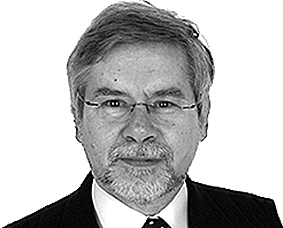
Alessandra Marini
Professor of Structural Engineering and coordinator of the Ph.D. course in Engineering and Applied Sciences at the University of Bergamo (Italy). Co-founder and Consultant specialist of the Academic Spin-off Di.Mo.Re. srl. Core research activities are aimed at providing a contribution to the ongoing transition toward a low carbon society, by reconsidering the pivotal role of structural engineering in the improvement eco-efficiency, resilience and safety of the construction sector. Research is carried out with national and international academics, within national and international research and industrial research projects. Research activities focus on the integrated and sustainable retrofit of both historical masonry buildings and existing reinforced concrete constructions, through: the development of an assessment and design framework introducing Life Cycle Thinking (LCT) principles (design for eco-efficiency, durability, reparability, adaptivity, selective dismantling, reuse/recycle of components at end of life) in the design of integrated retrofit options to maximize performances, whilst reducing costs and social and environmental impacts over the building life cycle; innovative seismic mitigation techniques for existing RC buildings, particularly on shell exoskeletons, conceived as part of an integrated interventions also aimed at energy efficiency and comfort amelioration, considering their possible adoption within incremental rehabilitation plans; re-engineering of existing retrofit solutions to improve compliance with LCT principles; static and seismic risk assessment and mitigation for historical buildings. She is Member of the Working Group 15 “Combined seismic and environmental upgrading of existing buildings” of the European Association for Earthquake Engineering (EAEE); Member of the “Durability and resilience” Task Group of Green Building Council-Italy; research lead of the “Green Building Area” of the LE2C – Lombardy Energy Cleantech Cluster; member of the scientific committee of the SMEs network EDINNOVA, fostering innovation in the construction sector; Individual Expert for the European Commission within the Pilot Project “Integrated techniques for the seismic strengthening and energy efficiency of existing buildings”, coordinated by the Joint Research Centre.
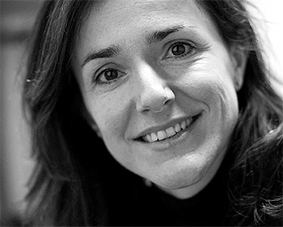
Alain Pecker
Alain Pecker graduated from Ecole Nationale des Ponts et Chaussées (France) in 1972 and obtained a Master of Science degree from the University of California, at Berkeley in 1973. Until 2015 he was Chairman and Managing Director of Géodynamique et Structure, a French engineering consulting firm in Earthquake Engineering that he founded 35 years ago; upon retiring he became independent consultant. His professional interest lies in soil dynamics, liquefaction, wave propagation, soil structure interaction and foundation engineering. He has been consultant to major worldwide civil engineering projects in seismic areas, most notably the Vasco de Gama bridge in Lisbon, the Rion Antirion bridge in Greece, the Athens metro, the Second Severn bridge in UK, the Chiloe bridge in Chile, the Atlantic bridge in Panama and several nuclear power plants in France, South Africa and Iran.
Alain Pecker is Past President of the French Society of Soil Mechanics and Geotechnical Engineering, Honorary President of the French Association on Earthquake Engineering and member of the executive committee of the European Association for Earthquake Engineering. He is a member of the drafting panel of Eurocode 8 and President of the French Committee for seismic codes. He is also Professor at Ecole Nationale des Ponts et Chaussées and Visiting Faculty at the Centre for Training and Research on Reduction of Seismic Risk (IUSS Pavia, Italy).
Alain Pecker has authored more than 150 technical papers, been invited as keynote speaker in conferences and received several awards for his work, most notably twice from the French National Academy of Sciences. He has been elected Member of the French National Academy of Technologies in 2000.
